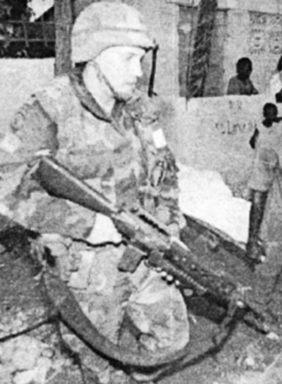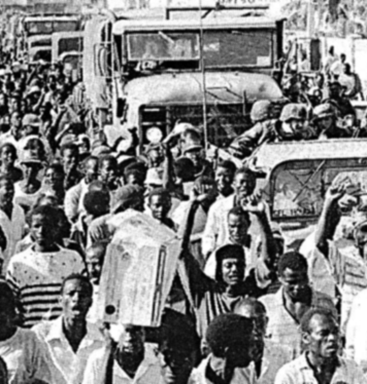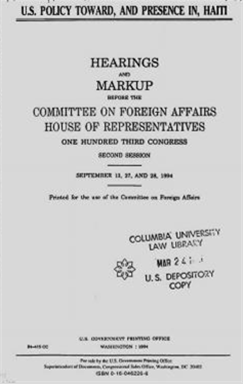 "The United States Intervention" by Philippe R. Girard, Ph.D.
"The United States Intervention" by Philippe R. Girard, Ph.D.
Girard is Associate Professor of History at McNeese State University. He has written numerous books, such as Clinton in Haiti: The 1994 U.S. Invasion of Haiti (2004) and Haiti: The Tumultuous History – From Pearl of the Caribbean to Broken Nation (2010).
In Sept. 1991, after just seven months in office, Haitian president Jean-Bertrand Aristide was overthrown by a Haitian military junta led by Raoul Cédras. The United States was divided on the proper policy to adopt. (See the document below on congressional hearing.) The George H. W. Bush administration imposed economic sanctions on the Cédras regime, but many conservatives were unwilling to do much to restore to power a leftist priest associated with the Theology of Liberation. After he was inaugurated as U.S. president in 1993, however, Bill Clinton fought tirelessly on behalf of Aristide. He was pressured to do so by the Congressional Black Caucus and lobbyists hired by Aristide. He was also inspired by personal political motives: to stem the flow of Haitian refugees to Florida, to defend a democratically-elected president, and to restore his credibility as commander in chief, which had been battered by foreign policy setbacks in Somalia andRwanda. U.S. troops landed in Haiti in Sept. 1994. Haitians, delighted to see Aristide restored to the presidency, initially welcomed them as liberators. (See the illustration below of Haitians around U.S. vehicles.) The international community also pledged billions of dollars in aid to help revive the Haitian economy, but political disputes between Aristide, his local rivals, and his international backers, along with concerns about Haitian national sovereignty, quickly led to a political gridlock. The U.S. military presence failed to bring about lasting political and economic progress in Haiti, leading to widespread disappointment by the time the last US troops left Haiti in 2000.


